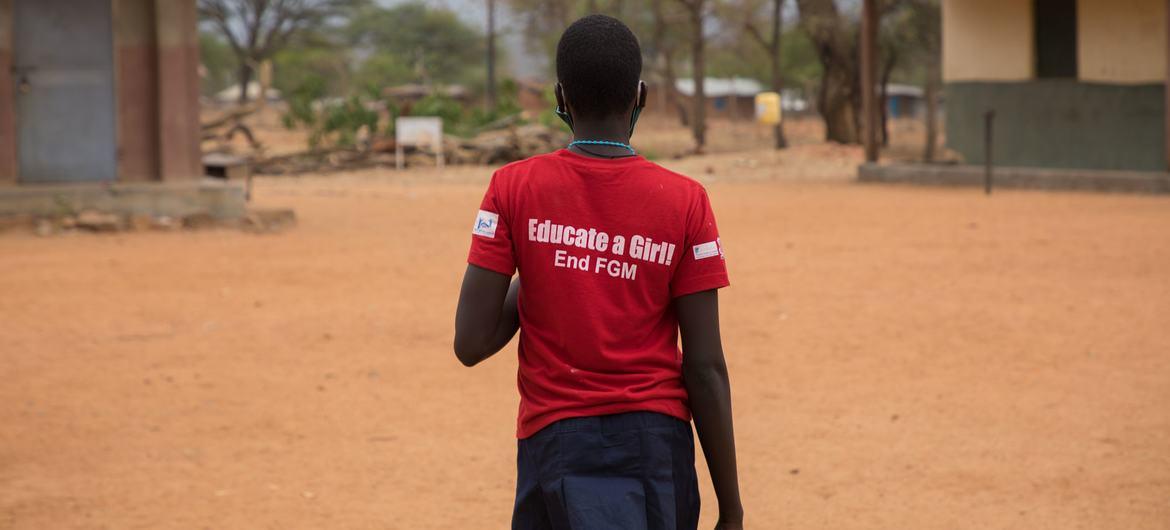More than 230 million girls and women alive today have been subjected to female genital mutilation (FGM); an increase of 30 million or 15 per cent compared with figures from 2016, new UN estimates revealed on Friday 8th March 2024.
Released on Friday, coinciding with International Women’s Day, the data compiled by UN Children’s Fund (UNICEF) shows that the pace of progress against FGM remains slow and woefully off track to meet the Sustainable Development Goal of ending the practice by 2030 (SDG 5, target 5.3).
The global pace of decline worldwide would need to be 27 times faster to reach the target, said the agency.
FGM or cutting, is a practice that involves altering or injuring the female genitalia for non-medical reasons.
Worrying trend
“Female genital mutilation harms girls’ bodies, dims their futures, and endangers their lives,” said Catherine Russell, UNICEF Executive Director.
“We’re also seeing a worrying trend that more girls are subjected to the practice at younger ages, many before their fifth birthday. That further reduces the window to intervene. We need to strengthen the efforts of ending this harmful practice.”
To eradicate FGM, UNICEF is calling on communities and leaders everywhere to step up their efforts to end gender discrimination and inequality, urgently invest in services for girls, prioritize girls’ rights in laws and policies, and better track the prevalence of FGM using reliable data.

Volatile countries at risk
Although FGM is not becoming more common, the report revealed that the number of girls born in FGM-practicing countries is growing rapidly compared to the rest of the world.
The largest numbers are in African countries, accounting for 144 million cases, followed by 80 million in Asia and six million in the Middle East.
It added that four in ten FGM survivors live in impoverished or conflict-affected countries, which already have strained education and health services or where resources which could be used to address gender inequality are diverted towards crisis response.
Changing attitudes
While it’s a daunting challenge, the report also highlighted that progress is possible and the goal still attainable.
Half of the progress made in the last 30 years happened in just the past decade, UNICEF said, citing examples from Kenya, Sierra Leone and Egypt.
It also noted that attitudes around FGM are also changing.
According to the report, around 400 million people in practicing countries in Africa and the Middle East – or two-thirds of the population – are opposed to FGM.
Source:news.un.org


